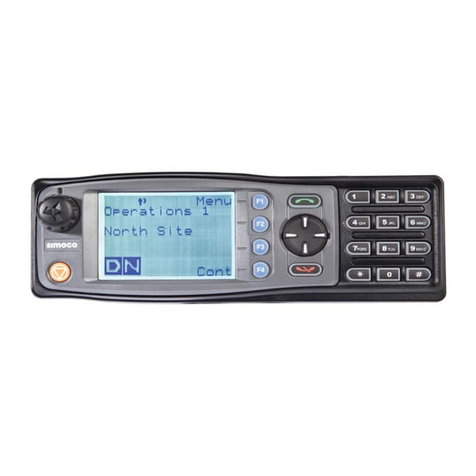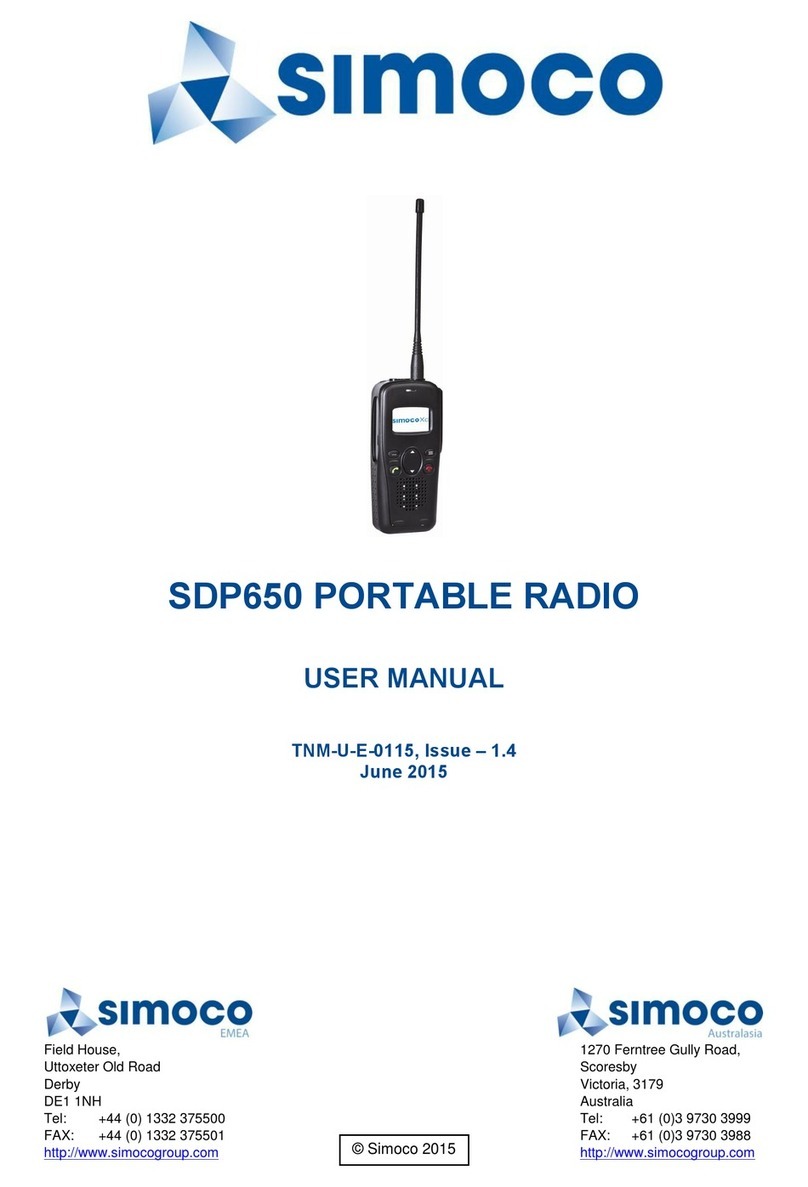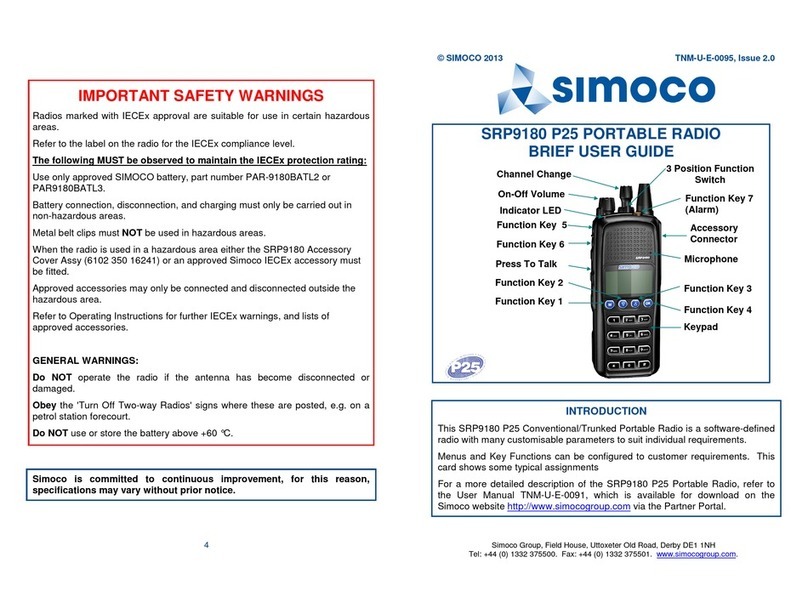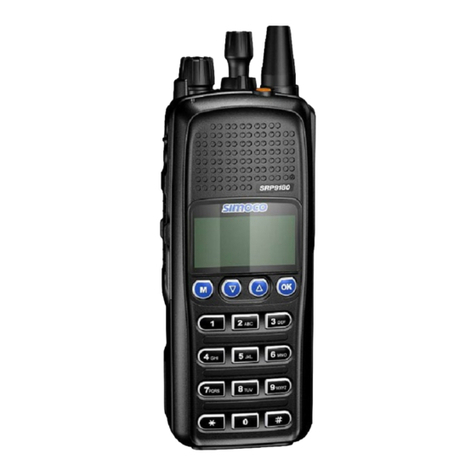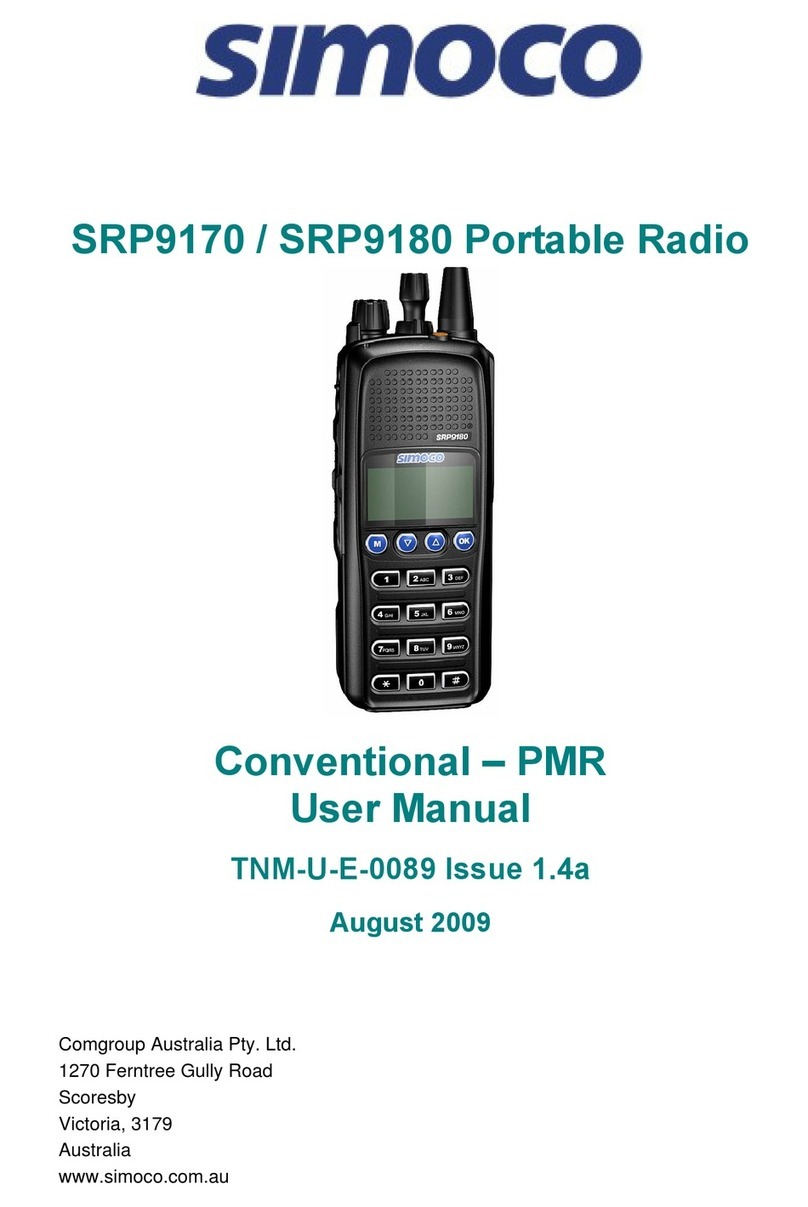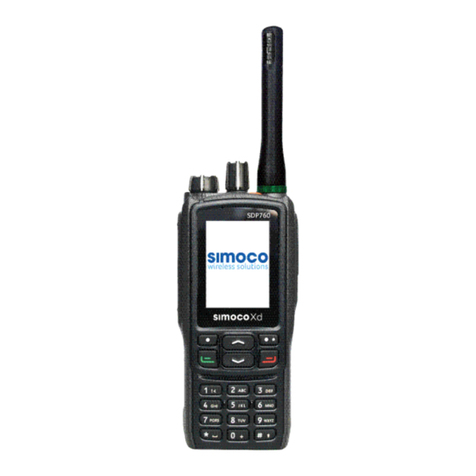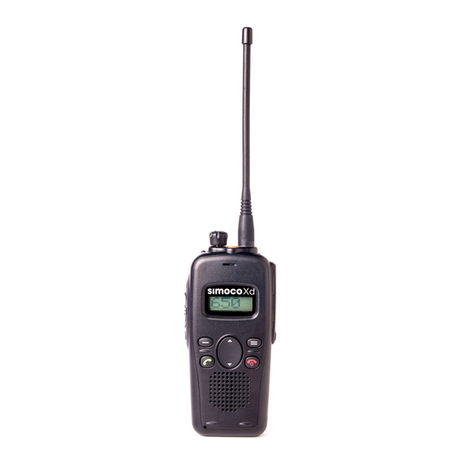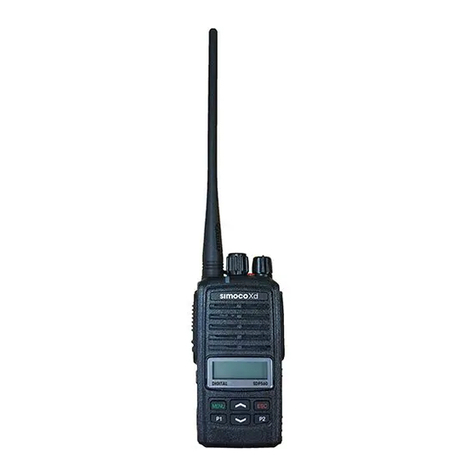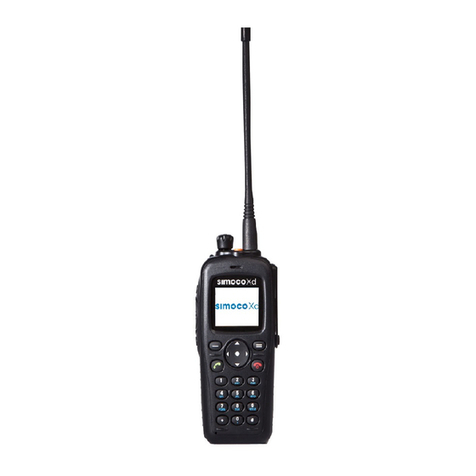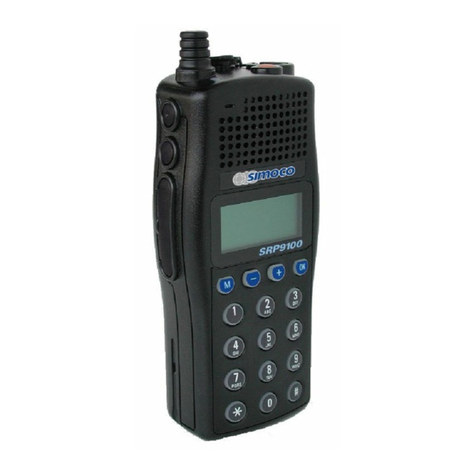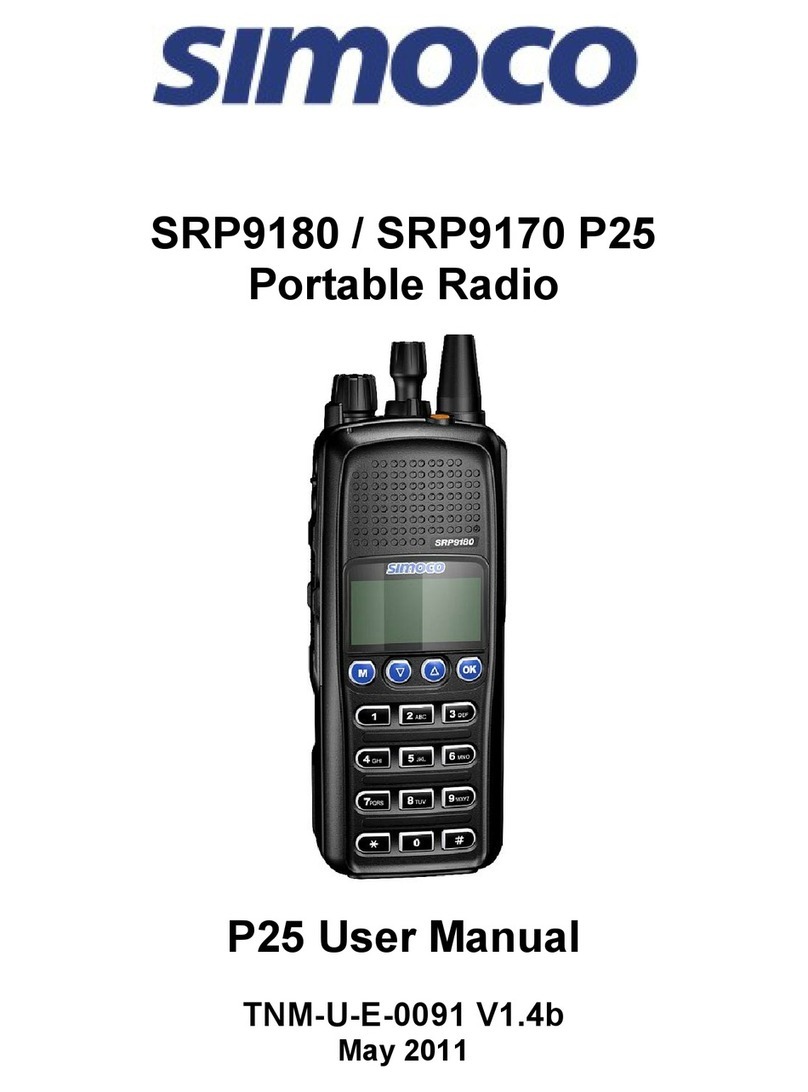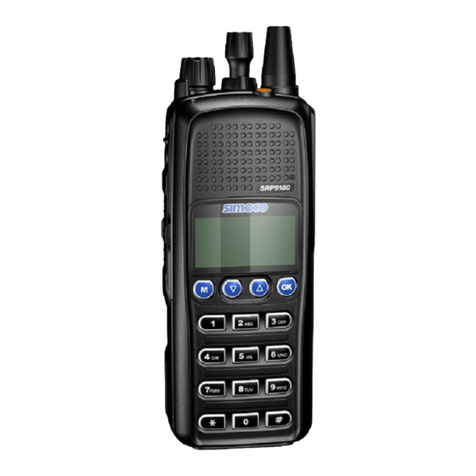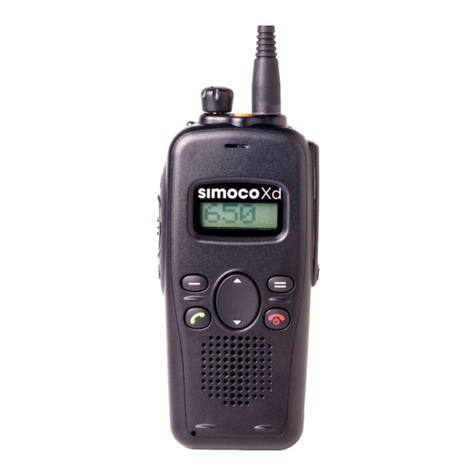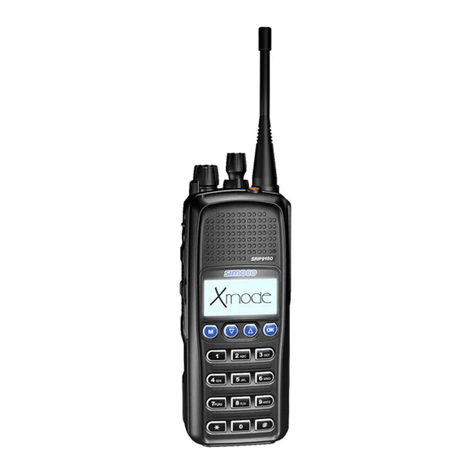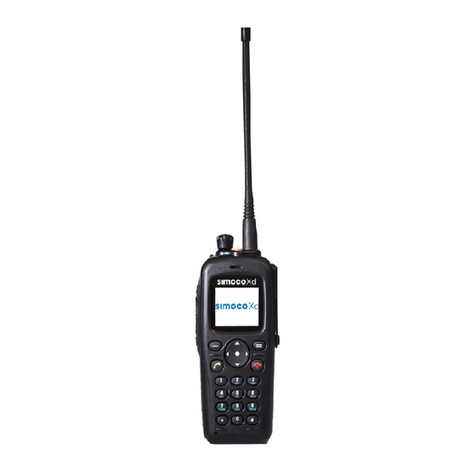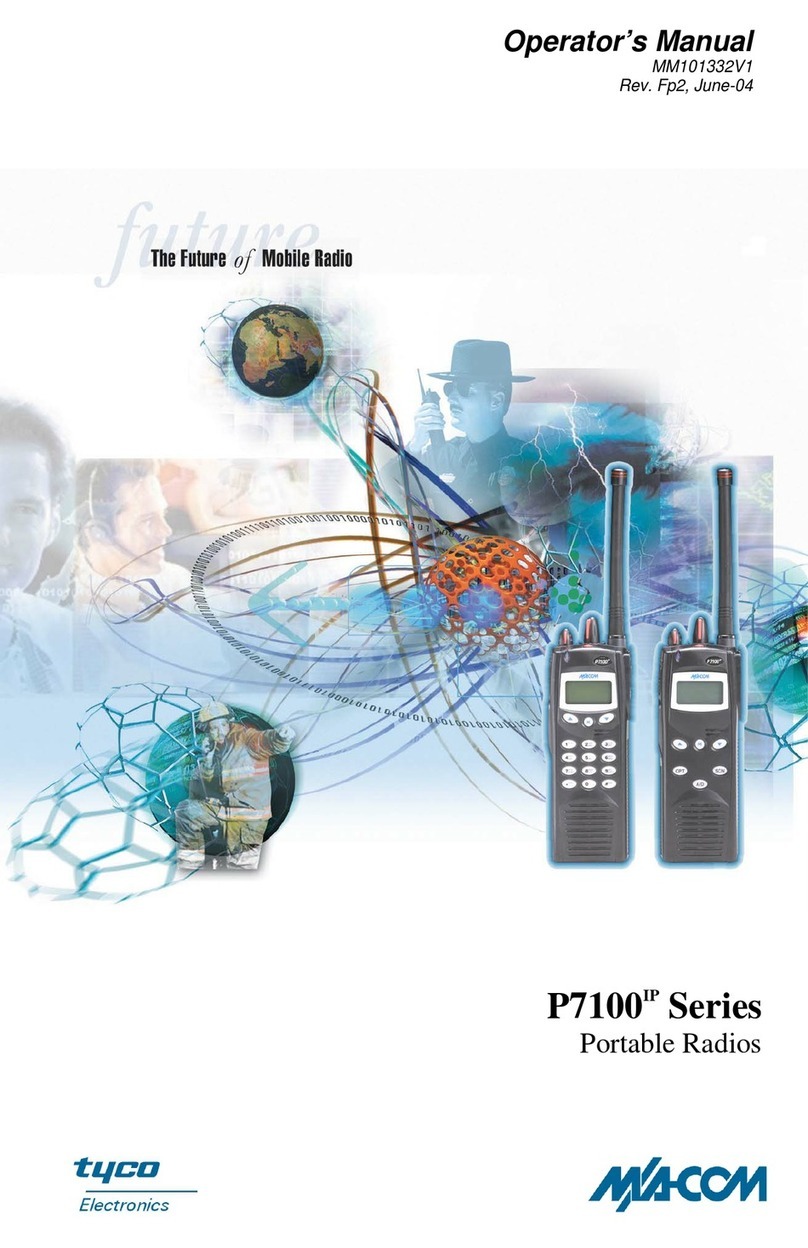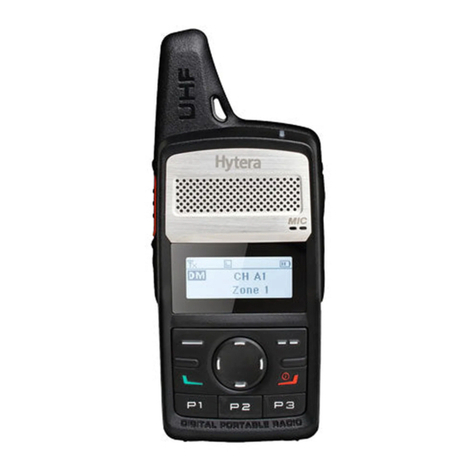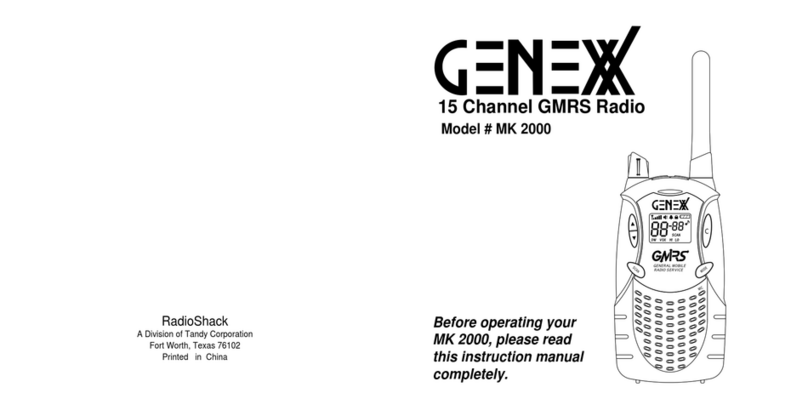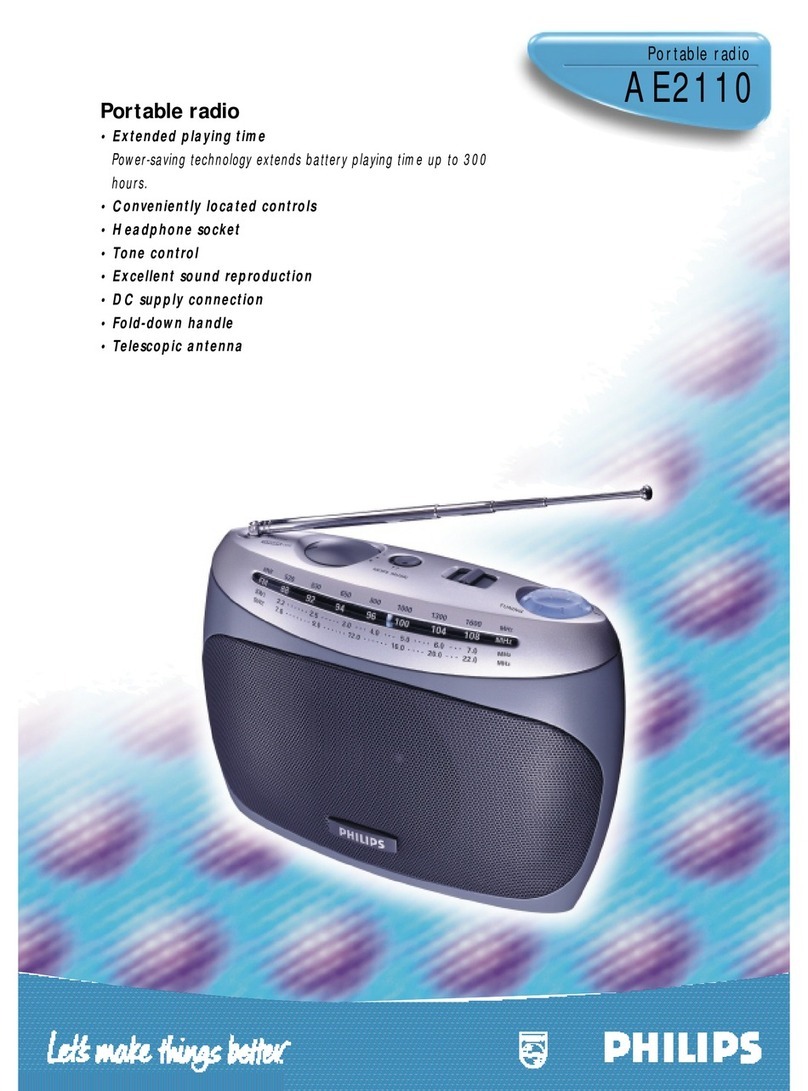
1 PREFACE
DECLARATION
This User Manual covers the SRP9170/SRP9180 Conventional portable radio. Any
performance figures quoted are subject to normal manufacturing and service
tolerances. The right is reserved to alter the equipment described in this manual in the
light of future technical development.
Changes or modifications not expressly approved by the party responsible for
compliance could void the user’s authority to operate the equipment.
Note:- The manufacturer is not responsible for any radio or television interference
caused by unauthorized modifications to this equipment. Such modifications could
void the user’s authority to operate the equipment.
COPYRIGHT
All information contained in this document is the property of Simoco Wireless
Solutions. All rights are reserved. This document may not, in whole or in part, be
copied, photocopied, reproduced, translated, stored, or reduced to any electronic
medium or machine-readable form, without prior written permission from Simoco
Wireless Solutions.
DISCLAIMER
There are no warranties extended or granted by this document. Simoco Wireless
Solutions accepts no responsibility for damage arising from use of the information
contained in the document or of the equipment and software it describes. It is the
responsibility of the user to ensure that use of such information, equipment and
software complies with the laws, rules and regulations of the applicable jurisdictions.
EQUIPMENT AND MANUAL UPDATES
In the interests of improving the performance, reliability or servicing of the equipment,
Simoco Wireless Solutions reserves the right to update the equipment or this
document or both without prior notice.
ERRORS AND OMISSIONS
The usefulness of this publication depends upon the accuracy and completeness of the
information contained within it. Whilst every endeavour has been made to eliminate
any errors, some may still exist. It is requested that any errors or omissions noted
should be reported to either of the following who are part of the Simoco Wireless
Solutions group:
Doc Number: TNM-U-E-0089 ISSUE 2.2 Page 3
